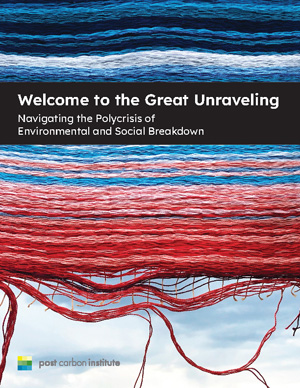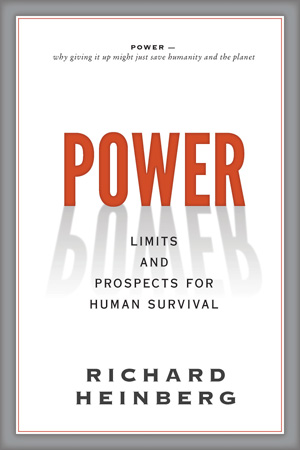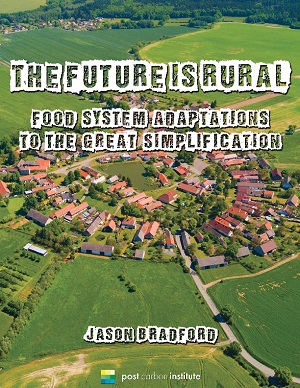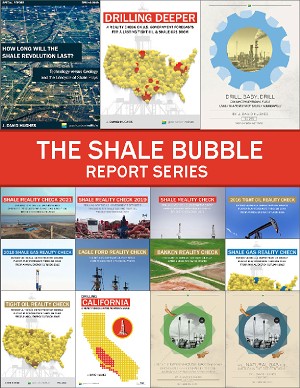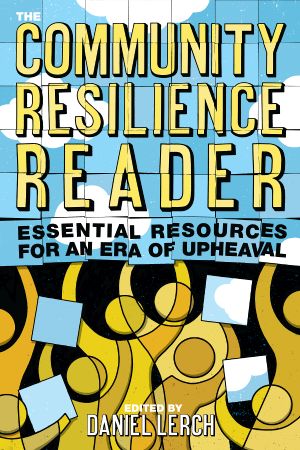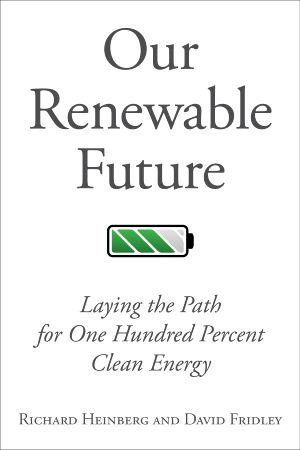All Items
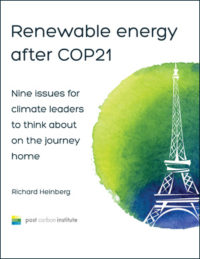
Renewable energy after COP21
The COP21 conference in Paris in December 2015 was the biggest international agreement on climate change since Kyoto. Now comes the hard part of cutting greenhouse gas emissions fast enough to keep global average temperature rise under 1.5 degrees Celsius. Many leaders in the environmental and philanthropic communities say the best way to do this […]
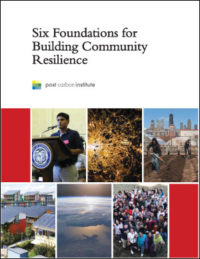
Six Foundations for Building Community Resilience
Efforts to build community resilience often focus on growing the capacity to “bounce back” from disruptions, like those caused by climate change. But climate change is not the only crisis we face, nor is preparing for disruption the only way to build resilience. Truly robust community resilience should do more. It should engage and benefit all community members, and consider all the challenges the community faces—from rising sea levels to a lack of living wage jobs. And it should be grounded in resilience science, which tells us how complex systems—like human communities—can adapt and persist through changing circumstances.
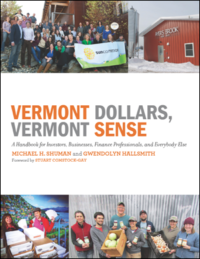
Vermont Dollars, Vermont Sense: A Handbook for Investors, Businesses, Finance Professionals, and Everybody Else
A growing local economy movement is putting down roots in the United States and around the world, as people work to strengthen local businesses, promote “buy local” campaigns, and end subsidies and other unfair advantages given to nonlocal businesses. Vermont Dollars, Vermont Sense by Michael Shuman and Gwendolyn Hallsmith profiles 28 local investment tools for grassroots investors, businesses, finance professionals, and others—with examples of how these ideas are being realized today in Vermont, the state with the strongest local economy movement in the country.
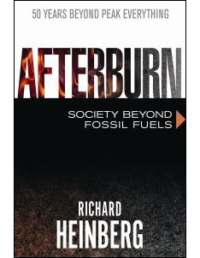
Afterburn: Society Beyond Fossil Fuels
Climate change, along with the depletion of oil, coal, and gas, dictate that we will inevitably move away from our profound societal reliance on fossil fuels; but just how big a transformation will this be? While many policy-makers assume that renewable energy sources will provide an easy “plug-and-play” solution, author Richard Heinberg suggests instead that […]
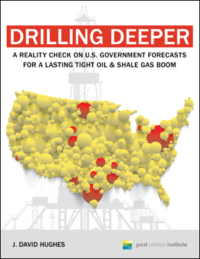
Drilling Deeper: A Reality Check on U.S. Government Forecasts for a Lasting Tight Oil & Shale Gas Boom
Drilling Deeper reviews the twelve shale plays that account for 82% of the tight oil production and 88% of the shale gas production in the U.S. Energy Information Administration (EIA) reference case forecasts through 2040. It utilizes all available production data for the plays analyzed, and assesses historical production, well- and field-decline rates, available drilling locations, and well-quality trends for each play, as well as counties within plays. Projections of future production rates are then made based on forecast drilling rates (and, by implication, capital expenditures). Tight oil (shale oil) and shale gas production is found to be unsustainable in the medium- and longer-term at the rates forecast by the EIA, which are extremely optimistic.
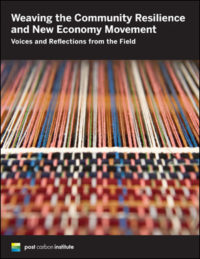
Weaving the Community Resilience and New Economy Movement
A movement is emerging in many places, under many guises: New Economy (or Economies), Regenerative Economy, Solidarity Economy, Next Economy, Caring Economy, Sharing Economy, Thriving Resilience, Community Resilience, Community Economics, Oppositional Economy, High Road Economy, and other names.
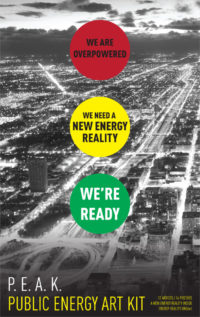
Public Energy Art Kit (P.E.A.K.)
It is time to take an honest look at our energy predicament and change course. If we don’t, and soon, it’s likely that we’ll find ourselves in a world starved of energy, resources and even basic sustenance. How often do any of us stop to think – really think – about what powers the world around us? Post Carbon Institute asked […]
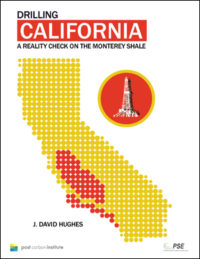
Drilling California: A Reality Check on the Monterey Shale
Drilling California: A Reality Check on the Monterey Shale provides the first publicly available empirical analysis of actual oil production data from the Monterey Formation. It lays out some of the play’s fundamental characteristics compared to other tight oil plays, including geological properties, current production, production potential, and associated environmental issues.
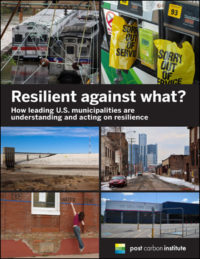
Resilient Against What?
This survey found that leading US municipalities already have a more sophisticated understanding of resilience, involving economic, energy, and social challenges—and they’re putting it into action through policies, regulations, and programs.
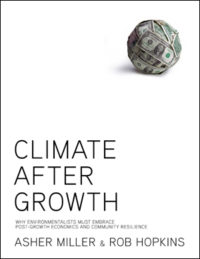
Climate After Growth: Why Environmentalists Must Embrace Post-Growth Economics and Community Resilience
This provocative paper makes a convincing case for why the environmental community must embrace post-growth economics and community resilience in their efforts to address the climate crisis.

